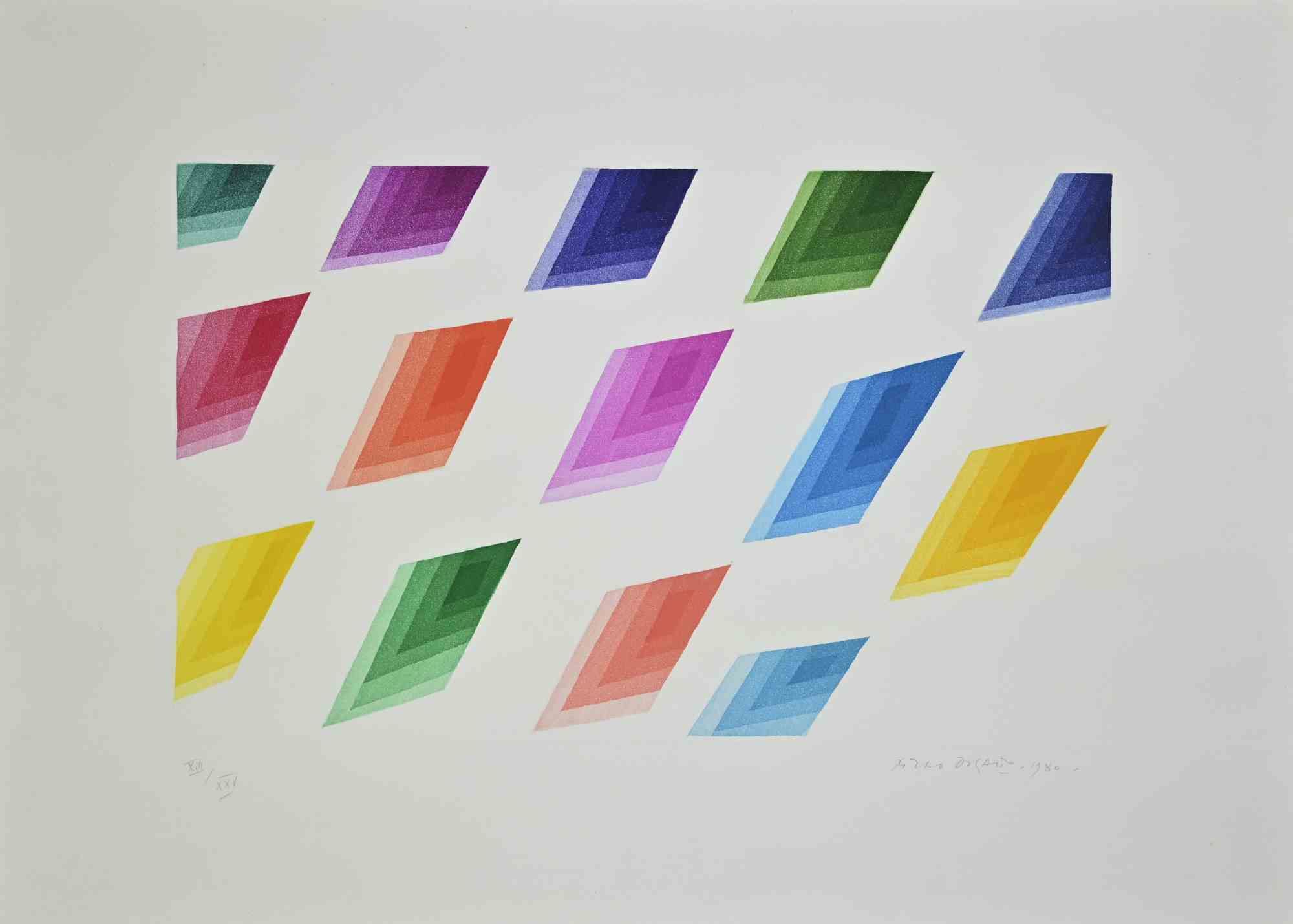
Piero Dorazio: The Maestro of Color and Light
Piero Dorazio (1927-2005), an influential Italian painter and a key figure in the development of abstract art in the 20th century, is renowned for his vibrant use of color and his meticulous exploration of light. Dorazio’s work is a celebration of color as an autonomous entity, capable of evoking emotional and sensory experiences. His innovative approach to color and light has left a lasting impact on contemporary art, marking him as a maestro of modernist abstraction.
Early Influences and Artistic Formation
Born in Rome, Dorazio showed an early interest in art, studying at the Liceo Artistico and later at the University of Rome. His formative years were shaped by his interactions with avant-garde movements and artists, including the Futurists and members of the Art Club. Dorazio’s early work reflects his engagement with these movements, characterized by a fascination with dynamism, light, and the potential of pure abstraction.
In 1947, Dorazio co-founded the influential art group Forma 1, which advocated for a renewal of Italian art through abstract expression and the exploration of form and color. This period was crucial in developing Dorazio’s unique artistic language, which would continue to evolve throughout his career.
The Language of Color
Dorazio’s use of color is one of the defining features of his work. Unlike many of his contemporaries who used color to convey form or representational content, Dorazio treated color as an independent, dynamic force. His paintings are characterized by their luminous, prismatic quality, achieved through the careful layering and juxtaposition of hues.
In works such as “Pagoda” (1966) and “Orizzonte” (1980), Dorazio creates intricate patterns and grids of color that seem to vibrate with energy. His use of color is both systematic and intuitive, employing a sophisticated understanding of color theory while also allowing for spontaneous, emotive expression. The interplay of colors in Dorazio’s work creates a sense of depth and movement, inviting viewers to immerse themselves in the visual experience.
Dorazio’s approach to color is also deeply influenced by his understanding of light. He often described his use of color as a way to “paint with light,” exploring how different hues interact to create luminosity and transparency. This exploration is evident in his series of works from the 1960s and 70s, where bands and strands of color weave together to create shimmering, radiant compositions.
Structural Elegance and Geometric Precision
While Dorazio’s work is celebrated for its vibrant use of color, it is also characterized by a structural elegance and geometric precision. His compositions often feature grids, lattices, and linear patterns that provide a sense of order and harmony. This geometric framework serves as a foundation upon which his explorations of color and light can unfold.
In pieces like “Colori a perdita d’occhio” (1986) and “Archi” (1988), Dorazio’s precise application of color within a structured composition creates a dynamic tension between order and spontaneity. The geometric elements in his work are not rigid or static but rather serve to enhance the fluid, pulsating quality of his color fields. This balance between structure and fluidity is a hallmark of Dorazio’s mature style, demonstrating his mastery of both form and color.
Influences and Inspirations
Dorazio’s work is influenced by a wide range of artistic traditions and movements. His early exposure to Futurism, with its emphasis on movement and dynamism, is evident in his vibrant, energetic compositions. The influence of Constructivism and the Bauhaus is also apparent in his geometric precision and interest in the interplay between form and color.
Dorazio was deeply inspired by the work of Piet Mondrian and the De Stijl movement, particularly their exploration of pure abstraction and the potential of color and form to convey universal harmony. However, unlike Mondrian’s more austere palette, Dorazio embraced a broader, more exuberant range of colors, reflecting his belief in the expressive power of color.
His time in the United States during the 1950s and 60s exposed him to Abstract Expressionism and Color Field painting, further informing his approach to abstraction and color. The influence of artists like Mark Rothko and Barnett Newman can be seen in Dorazio’s expansive, luminous color fields, which invite contemplative engagement from the viewer.
Legacy and Impact
Piero Dorazio’s contributions to the field of abstract art are profound and enduring. His innovative use of color and light has influenced generations of artists and continues to resonate in contemporary art practice. Dorazio’s work transcends the boundaries of traditional painting, inviting viewers to experience color as a dynamic, living entity.
His legacy is preserved in numerous public and private collections worldwide, and his influence can be seen in the works of artists who continue to explore the potential of color and abstraction. Dorazio’s commitment to pushing the boundaries of visual expression has ensured his place as a key figure in the history of modern art.
Conclusion
Piero Dorazio’s art is a testament to the power of color and light to evoke emotional and sensory experiences. Through his innovative use of color, geometric precision, and profound understanding of light, Dorazio created a body of work that is both visually captivating and intellectually stimulating. His legacy as a maestro of color and modernist abstraction continues to inspire and challenge viewers, inviting them to explore the infinite possibilities of visual perception. Dorazio’s work stands as a celebration of the vibrancy and dynamism of color, a testament to his belief in its transformative power.
Related artworks
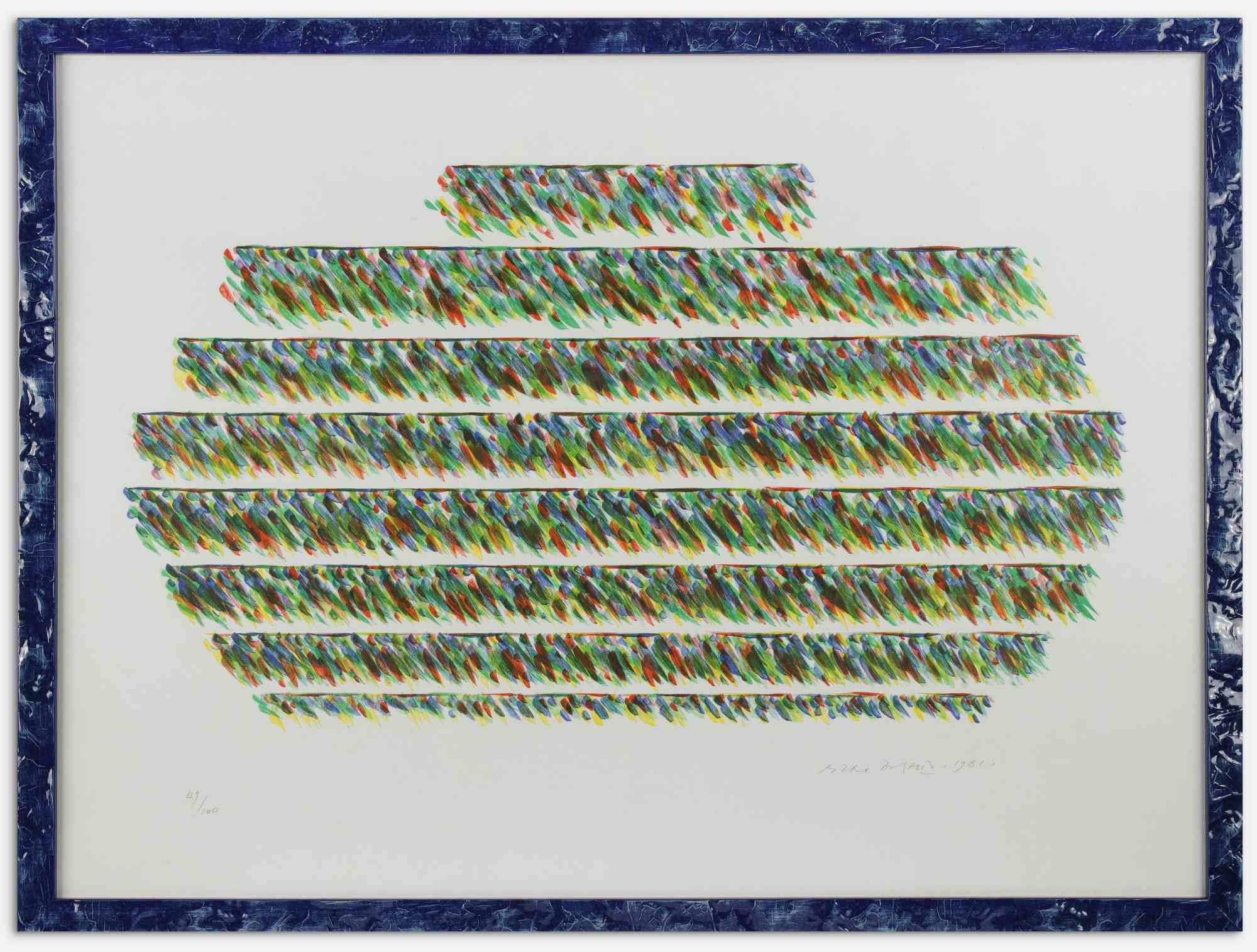
Alisei
Piero Dorazio
Lithograph
580€
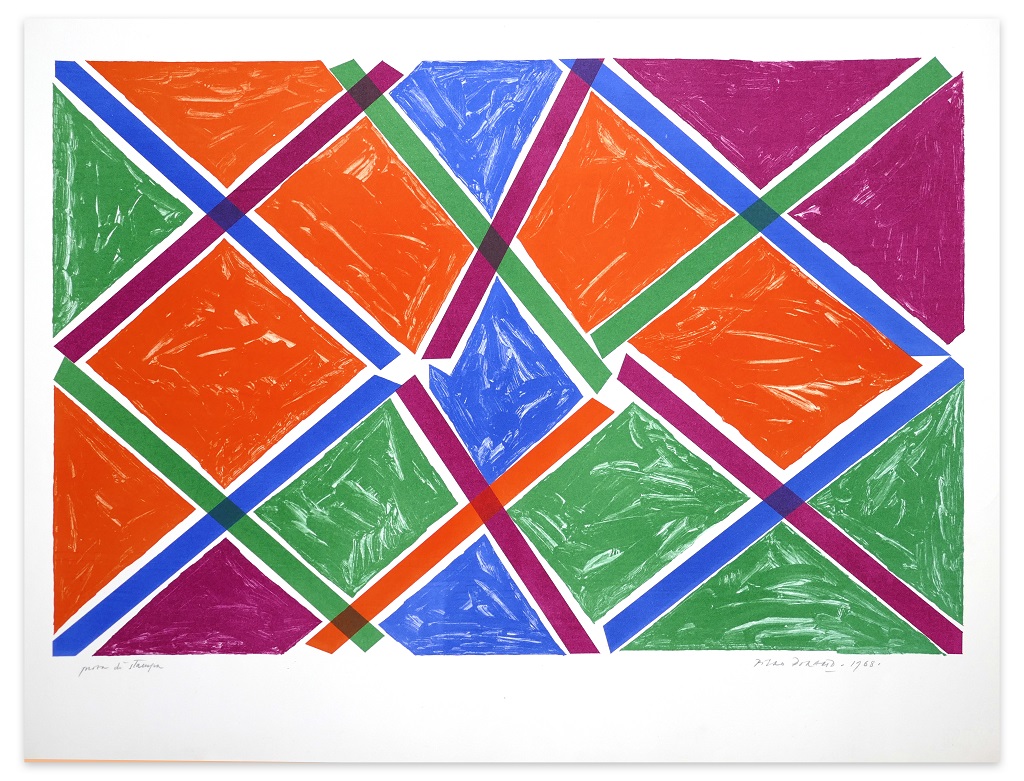
Abstract Composition
Piero Dorazio
Lithograph
780€
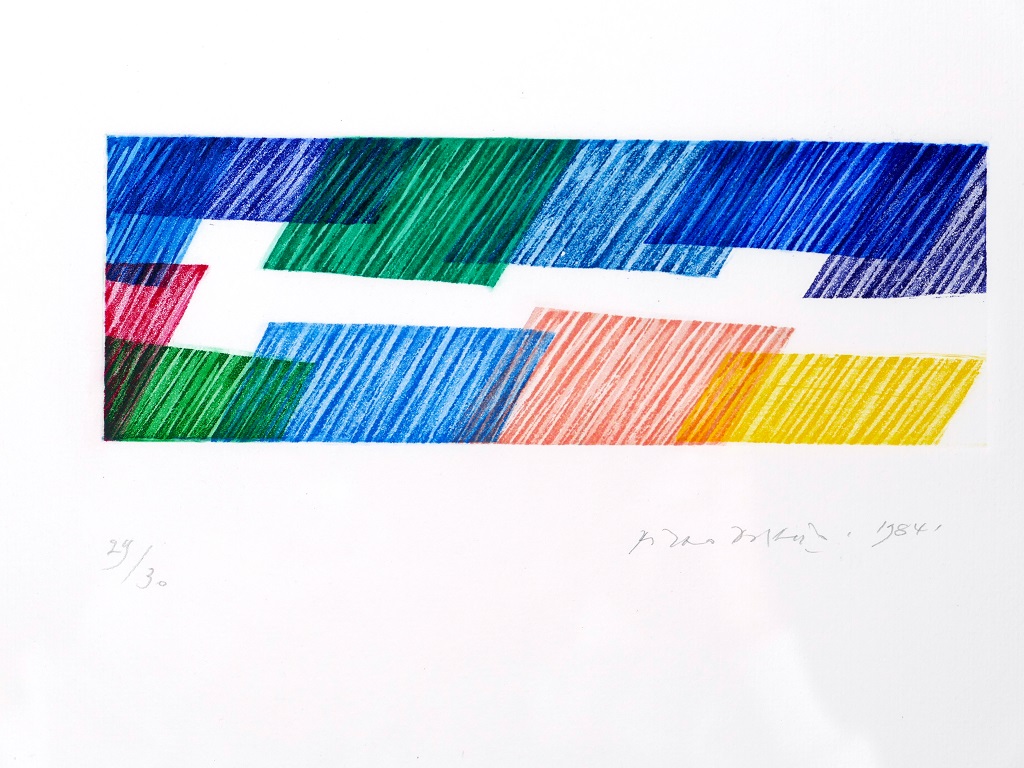
Dorazio's Abstract Composition
Piero Dorazio
700€
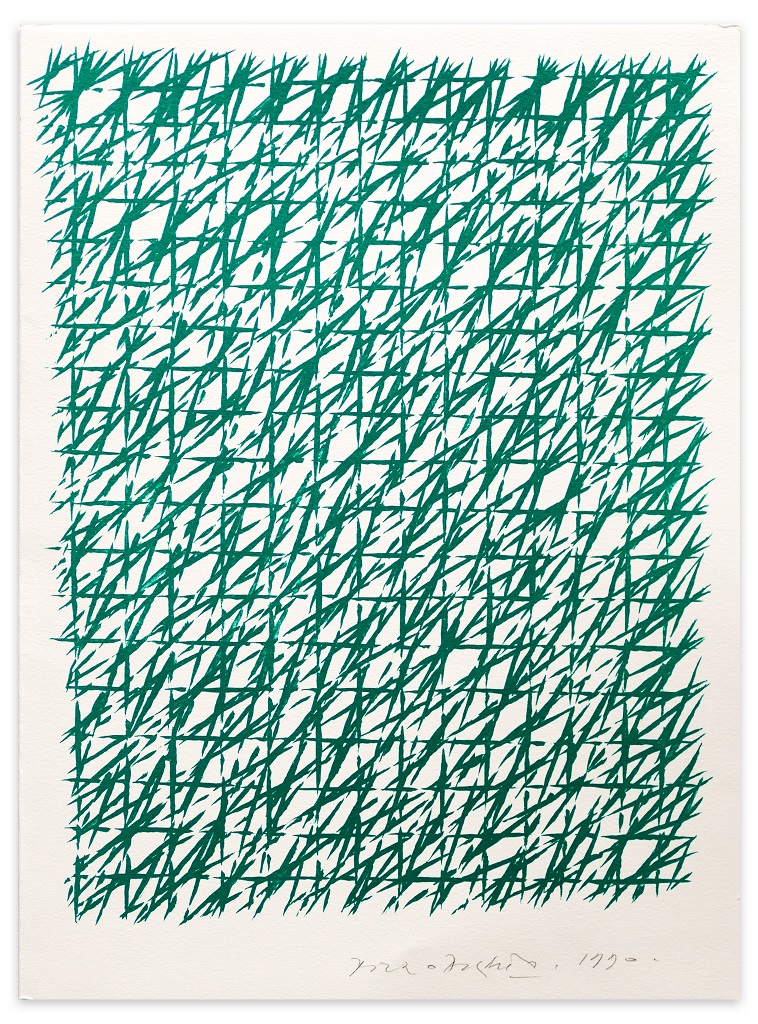
Composizione
Piero Dorazio
Lithograph
450€

Kalithea
Piero Dorazio
Lithograph
680€
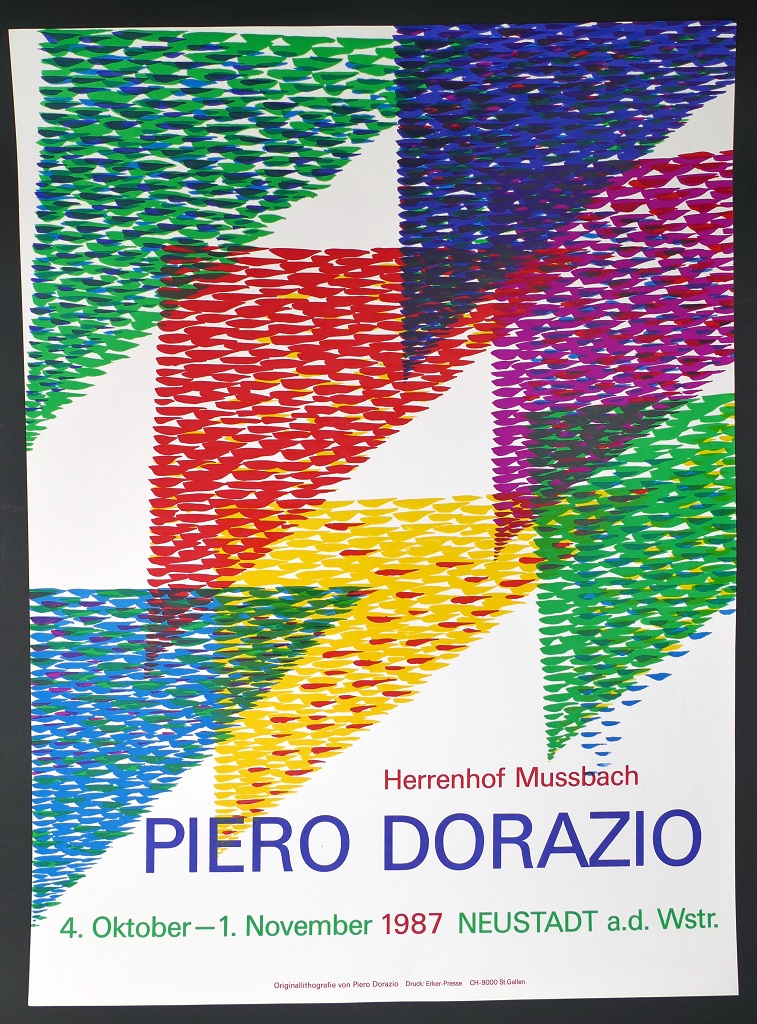
Composition
Piero Dorazio
Lithograph
400€
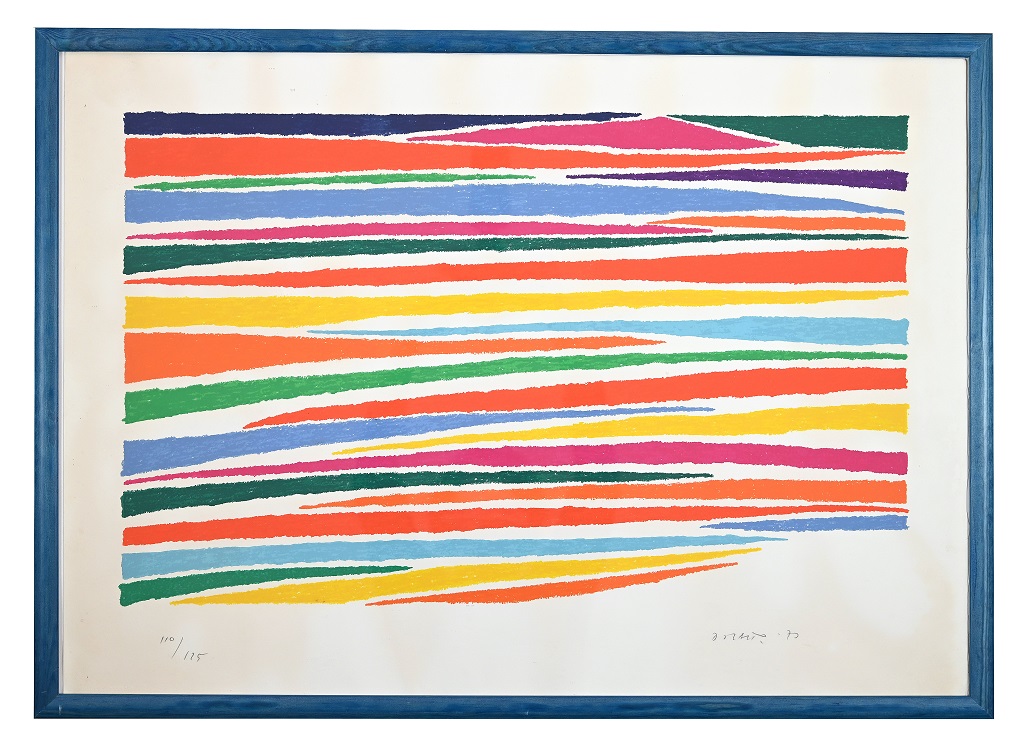
Striped composition
Piero Dorazio
Silver
851€
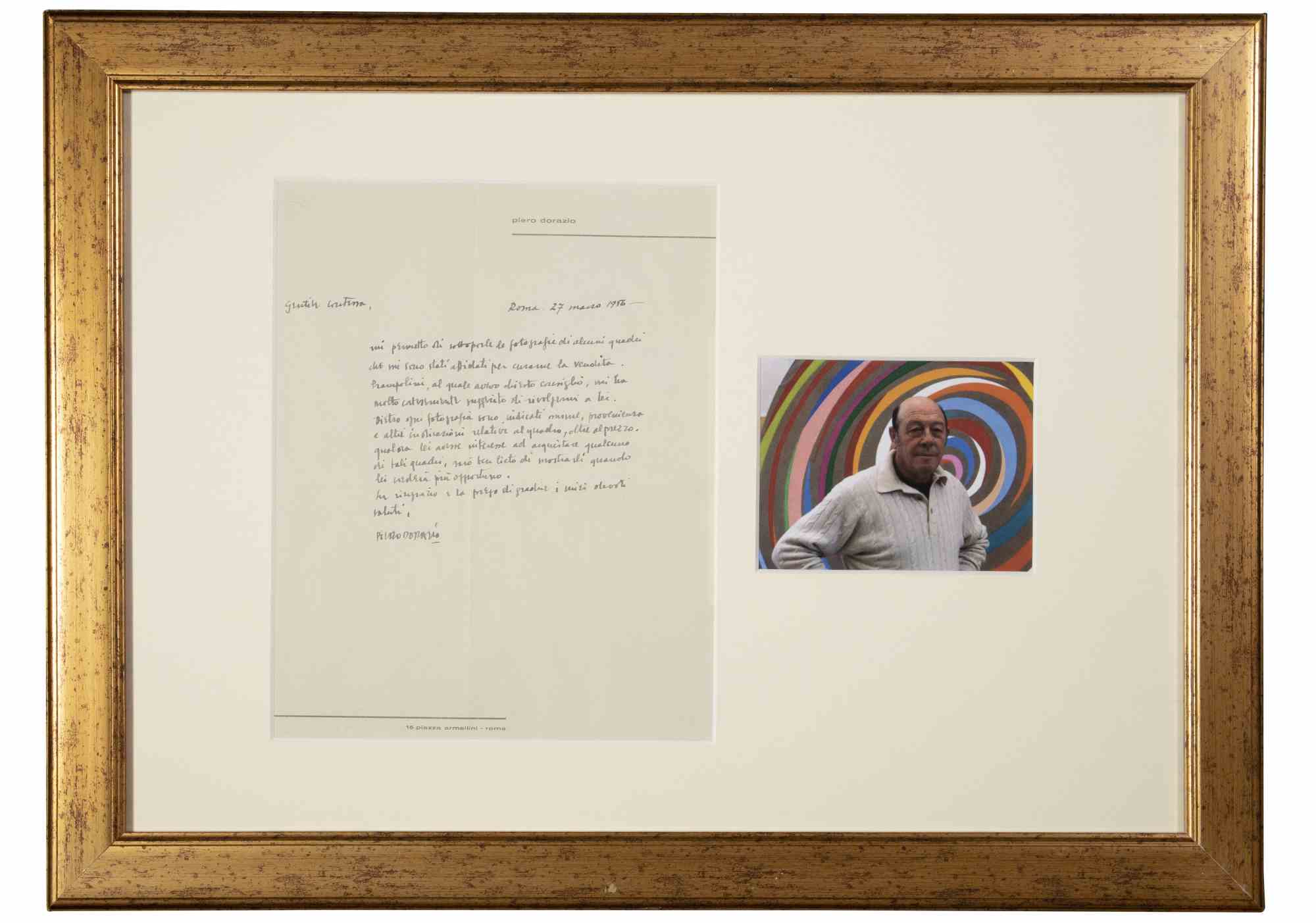
Autograph Letter by Piero Dorazio and Photo
Piero Dorazio
1956
70€

Signatures by Piero Dorazio
Piero Dorazio
1983
50€
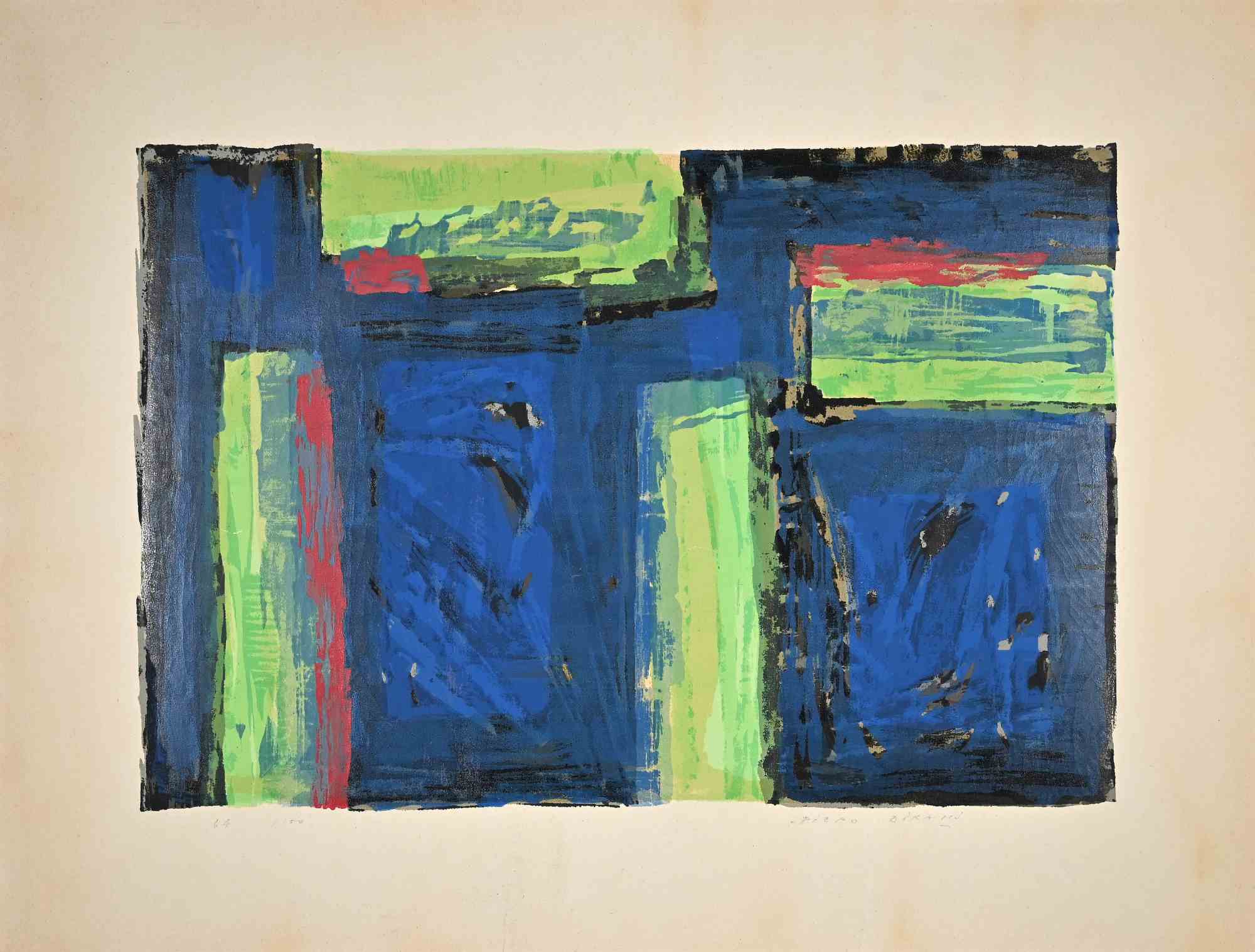
Untitled
Piero Dorazio
Screenprint
690€
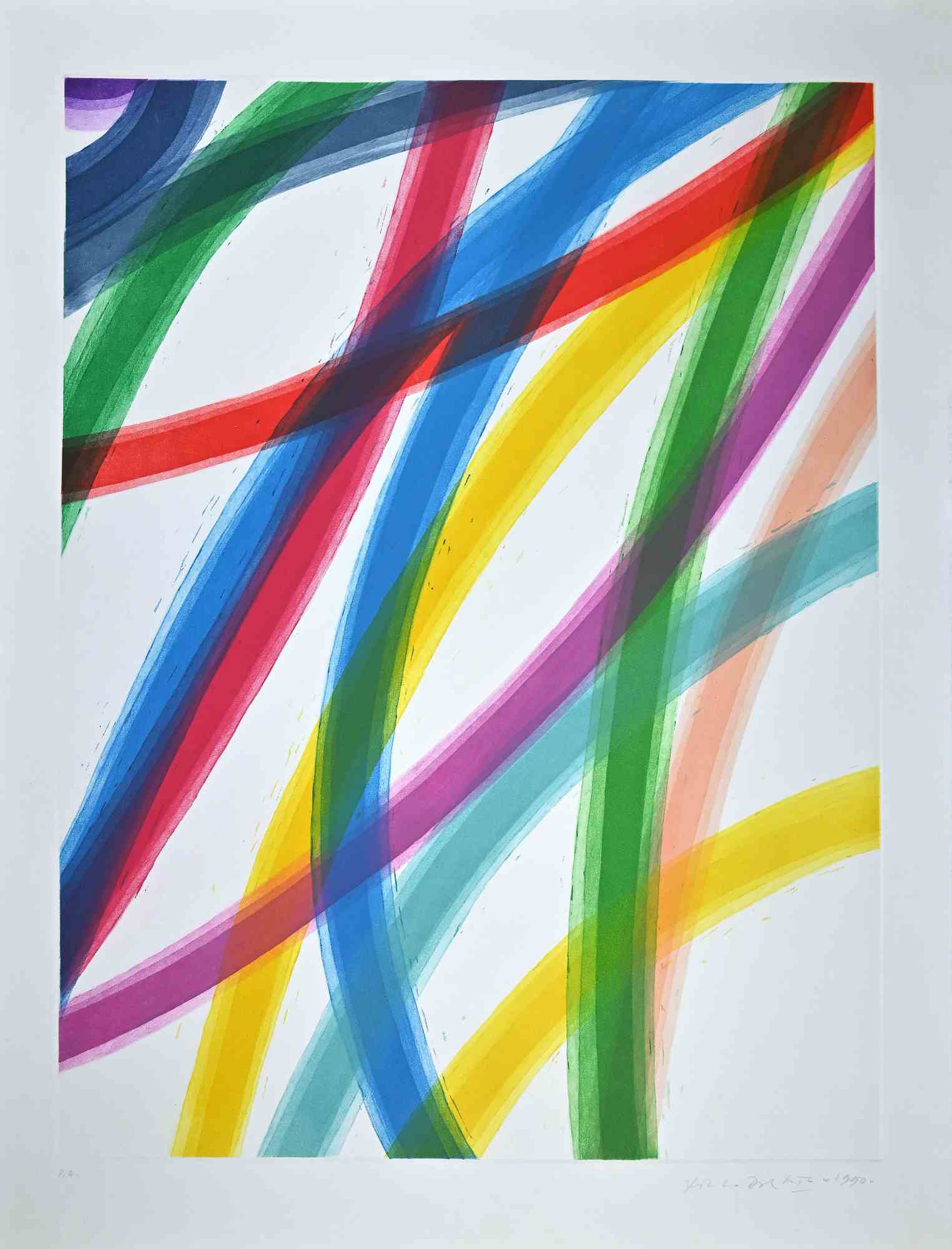
Abstract Composition
Piero Dorazio
281€
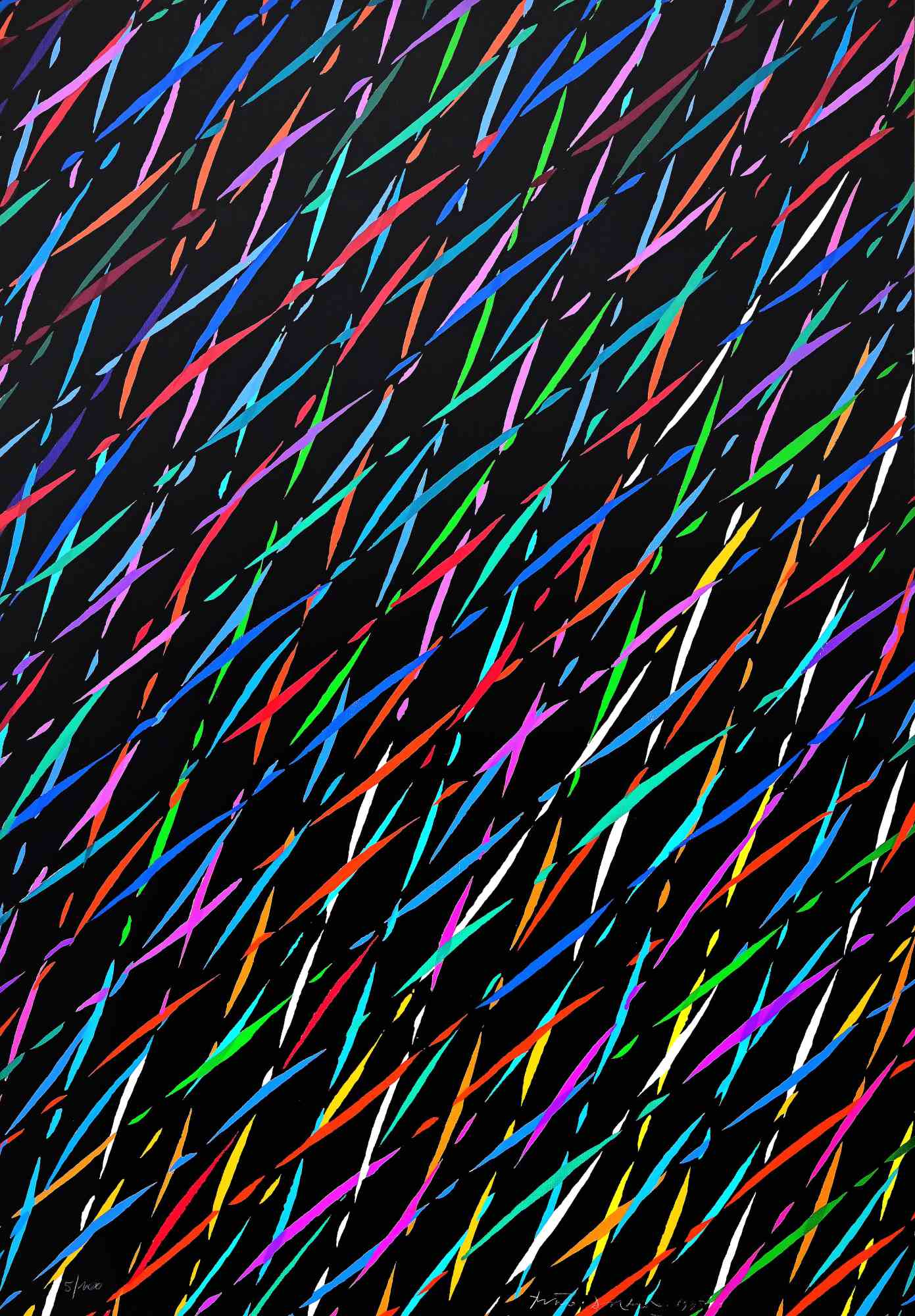
Night Fall
Piero Dorazio
Screenprint
375€
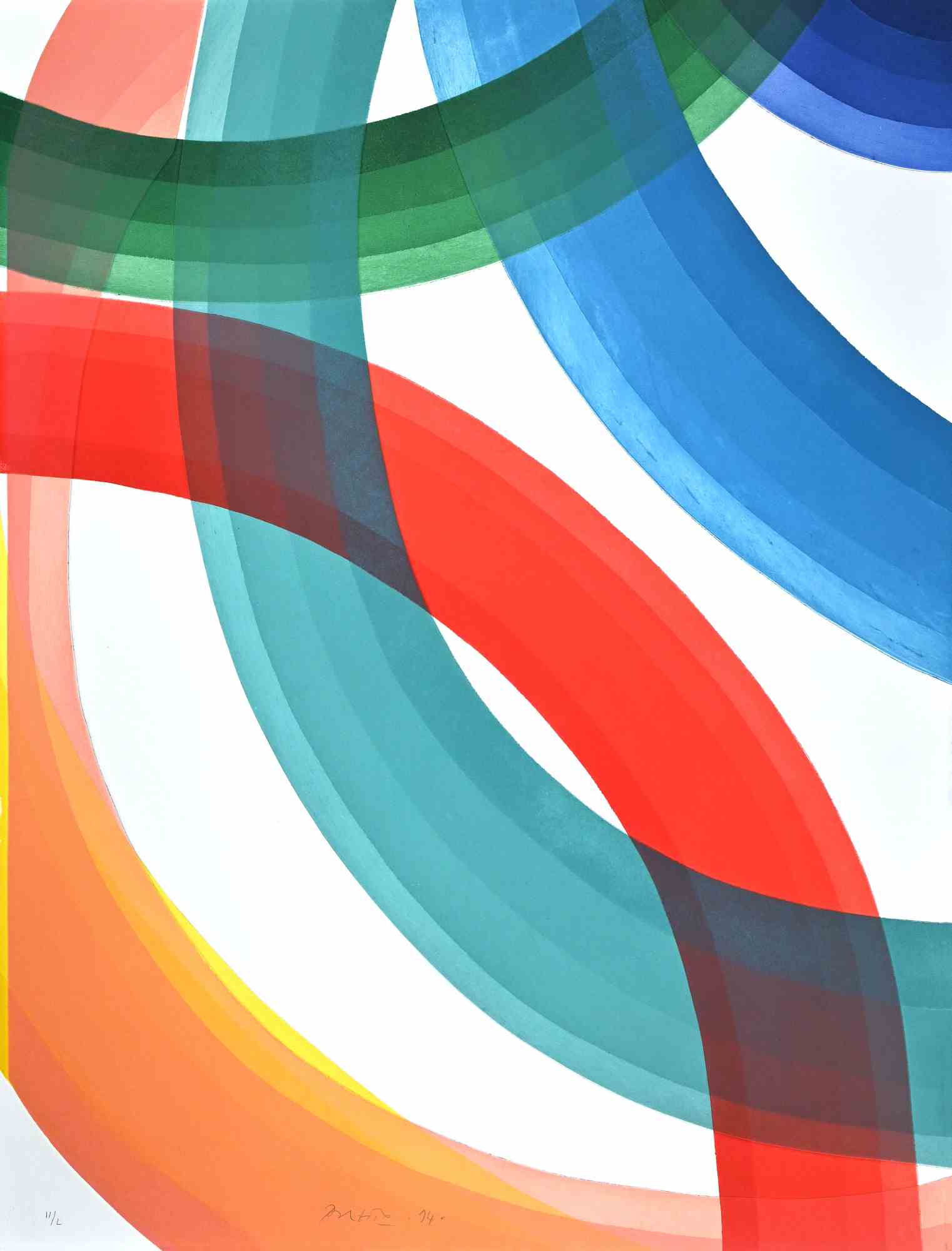
United Europe - France 2
Piero Dorazio
319€
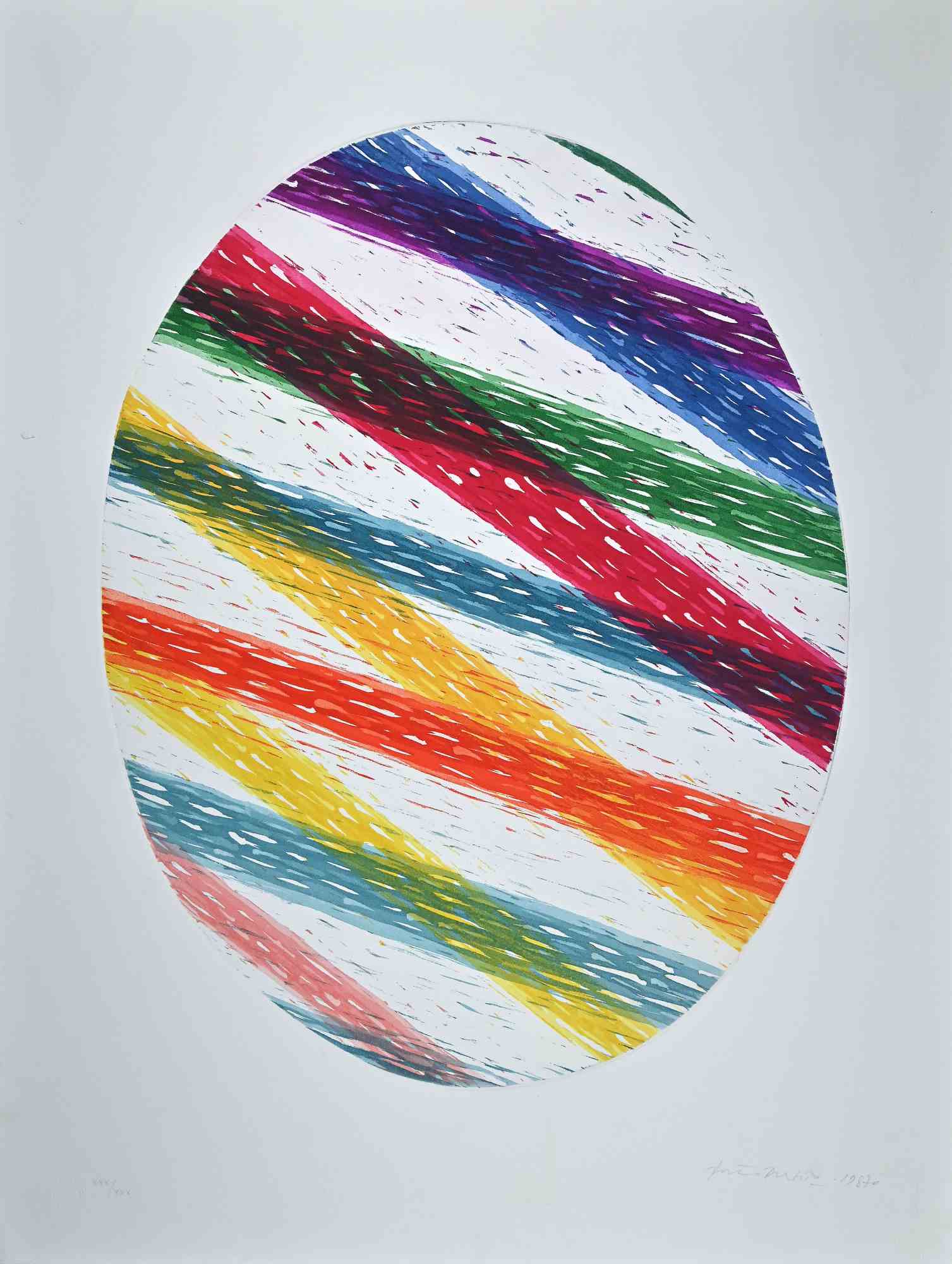
Oval
Piero Dorazio
375€
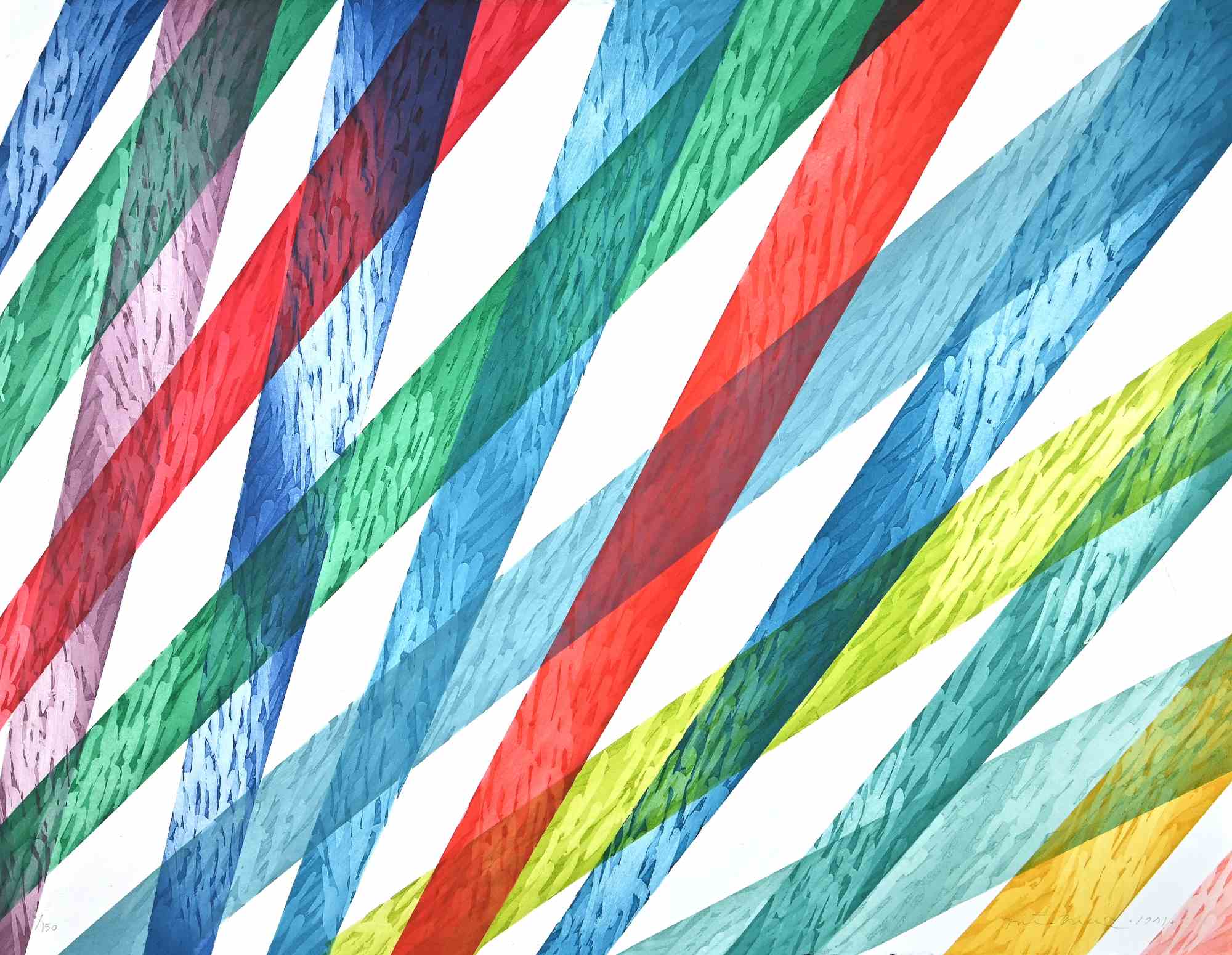
United Europe - Germany
Piero Dorazio
375€
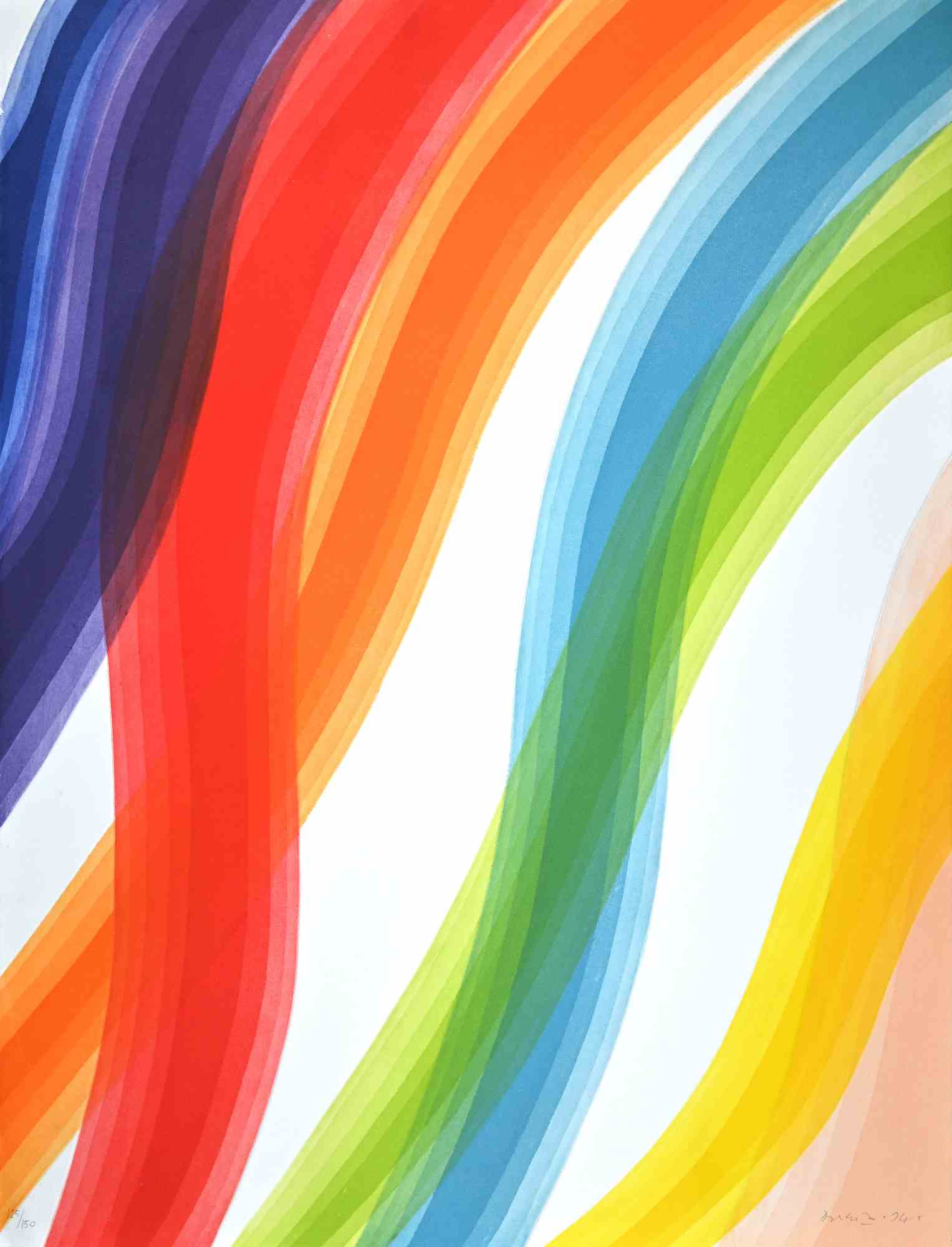
United Europe - France 1
Piero Dorazio
375€
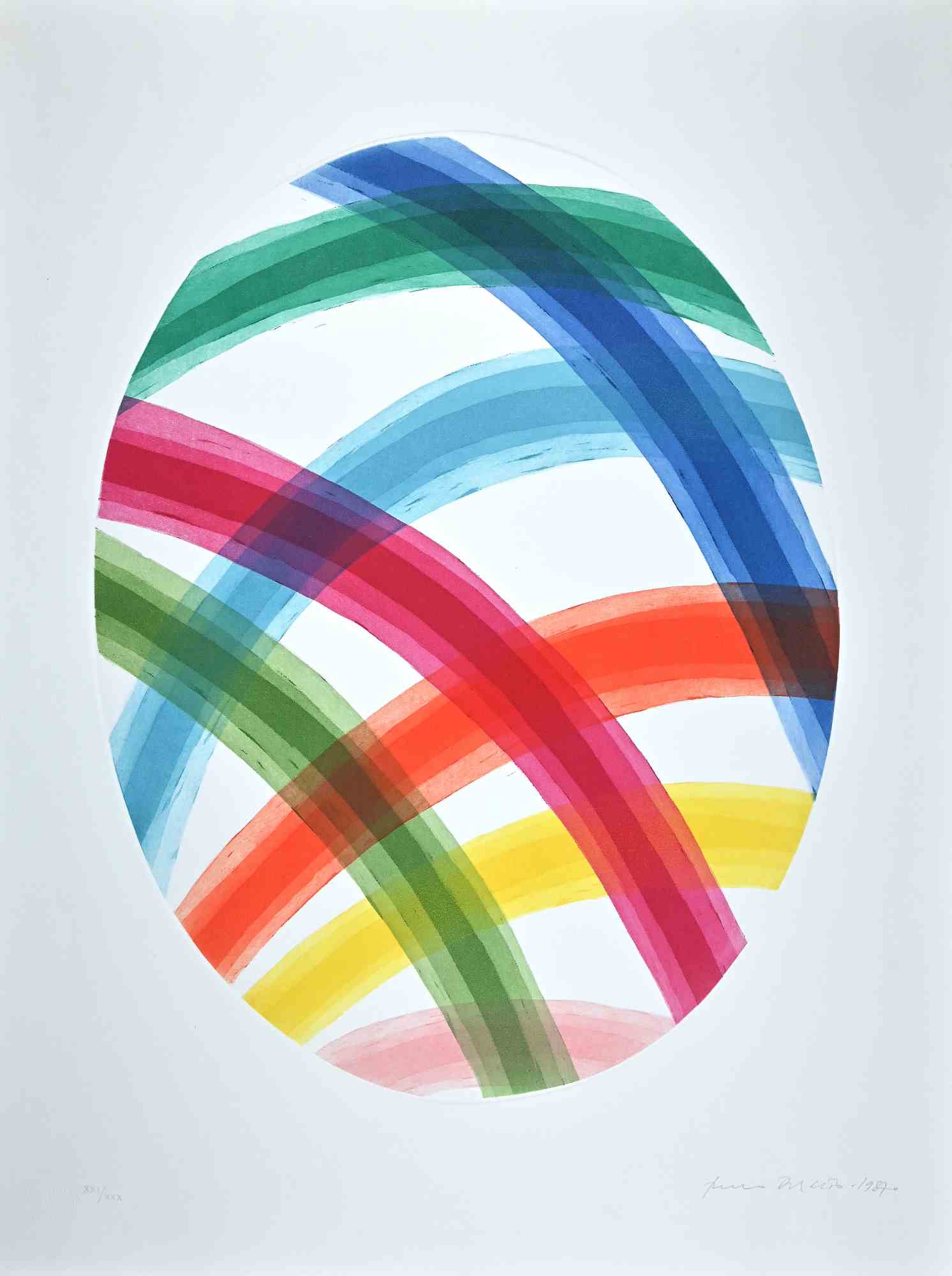
Oval
Piero Dorazio
375€
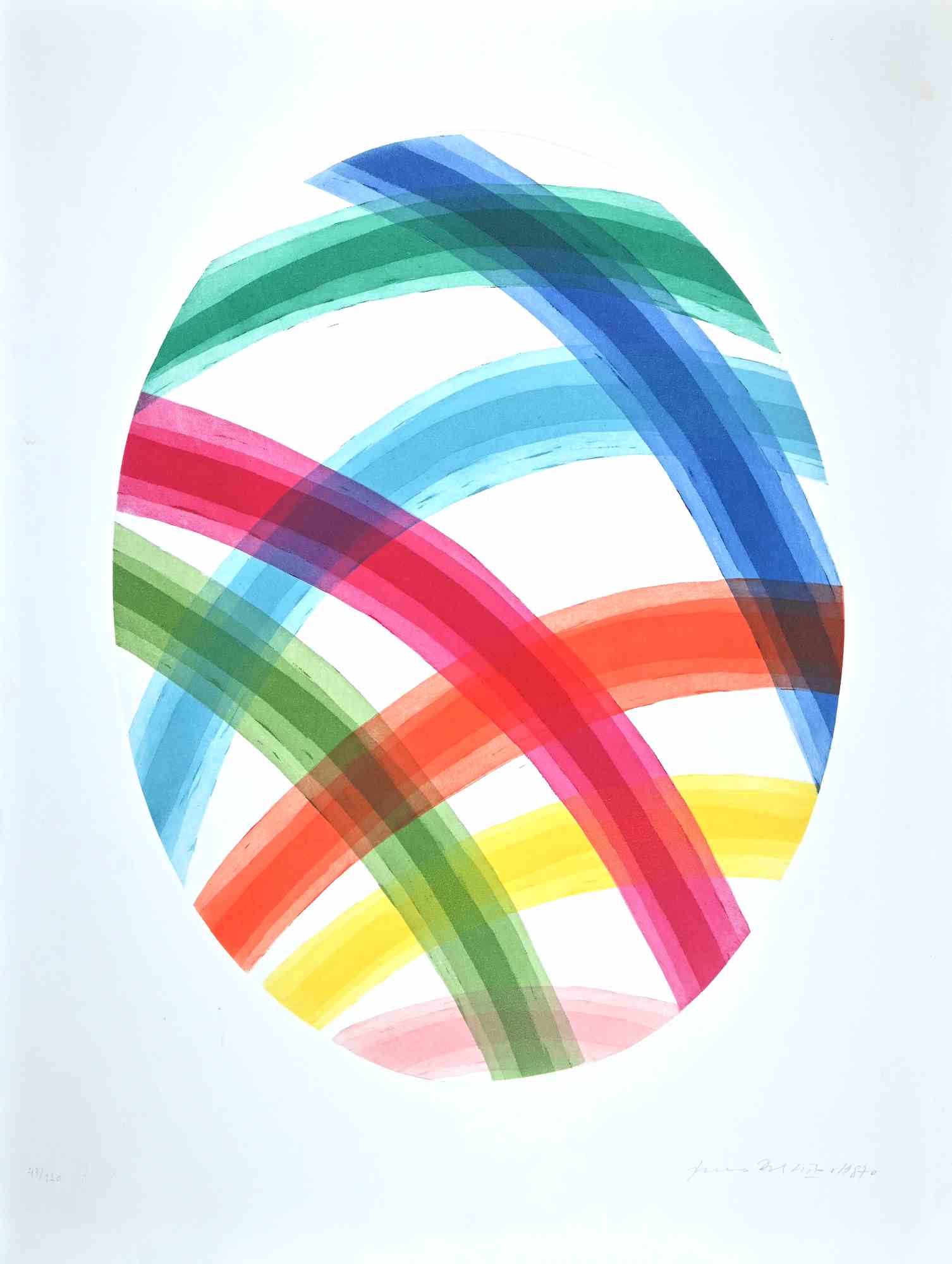
Oval
Piero Dorazio
800€
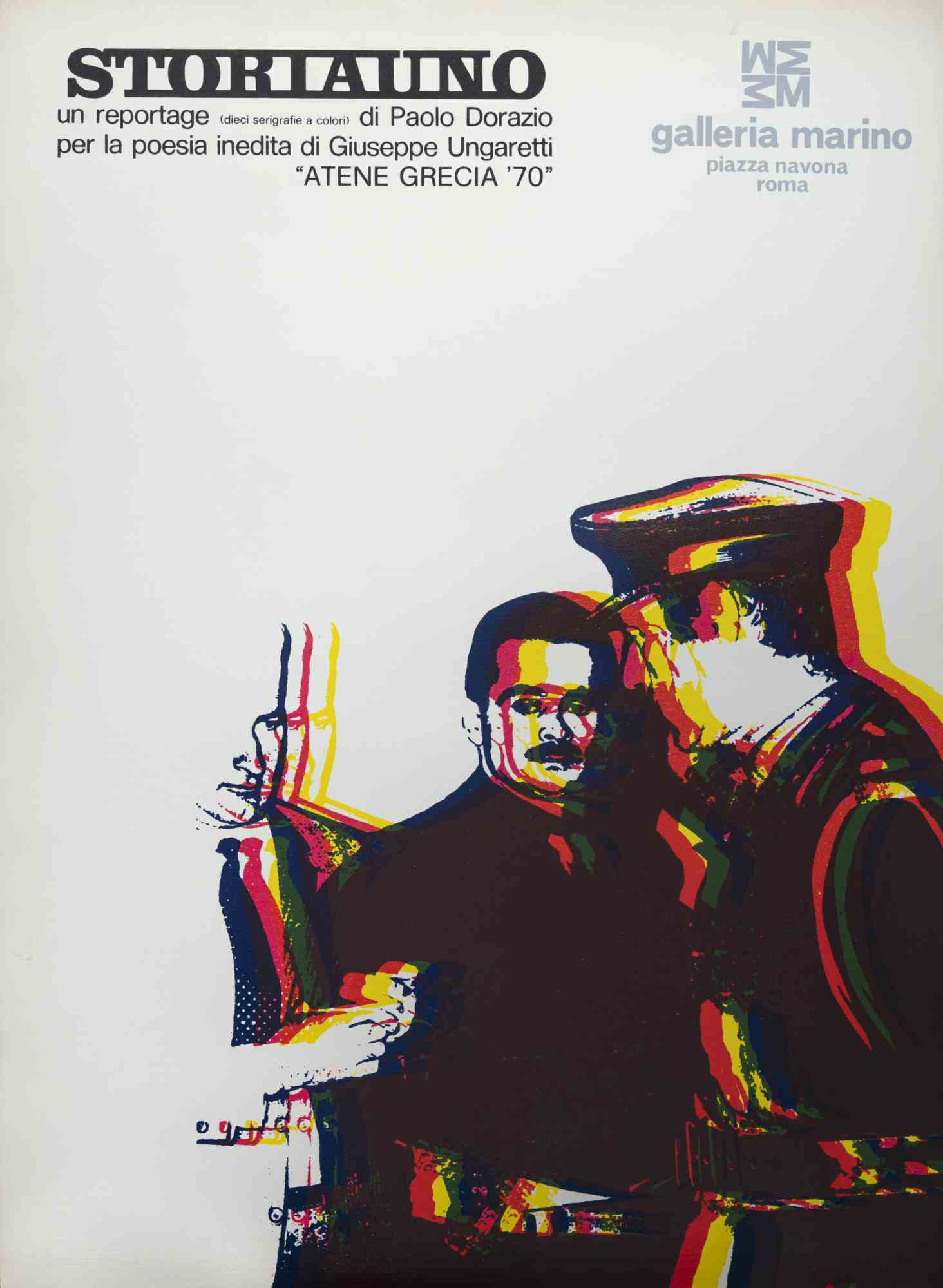
Storiauni For Poem of "Inedita" by Giuseppe Ungaretti
Piero Dorazio
Offset
200€
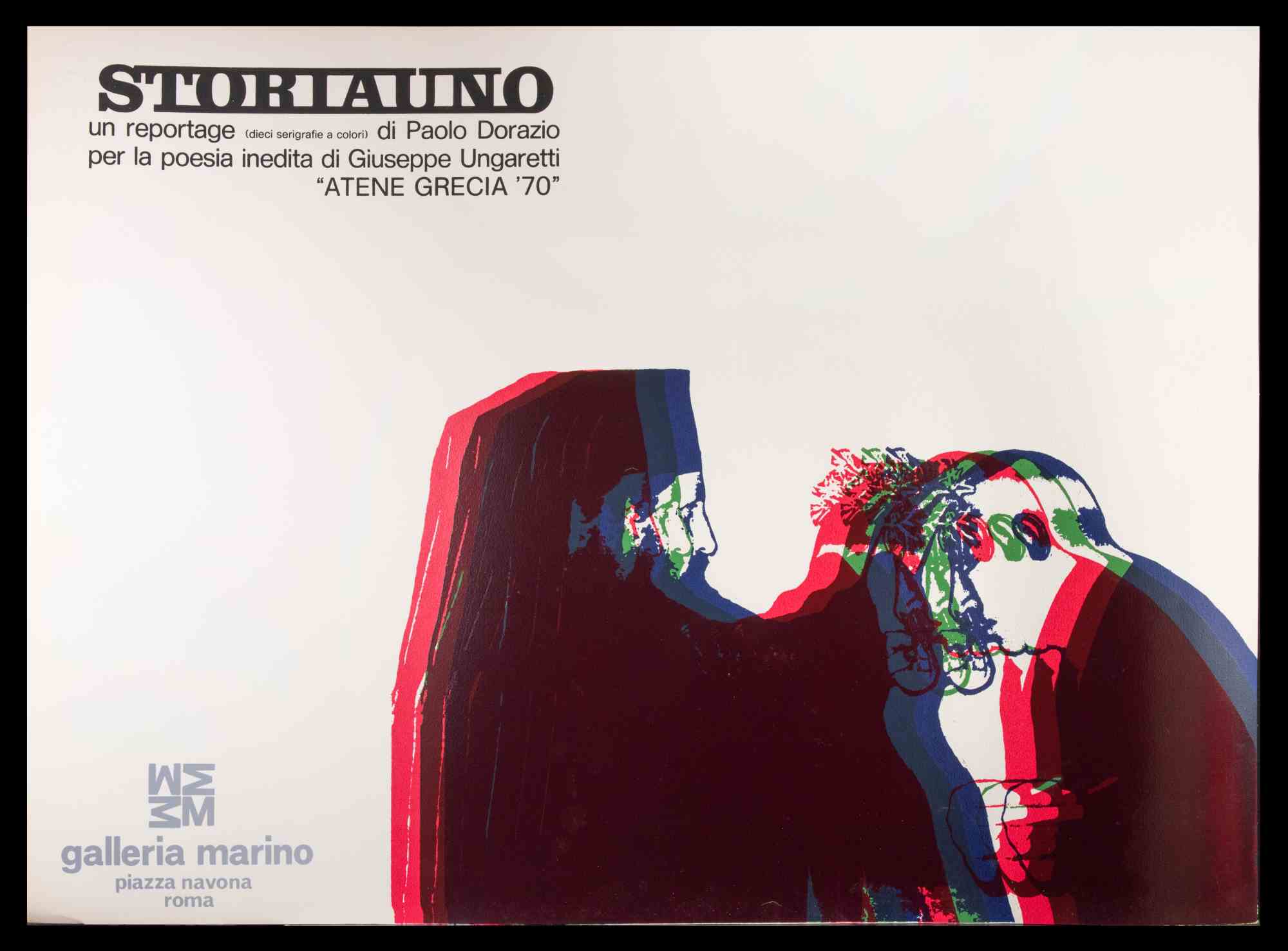
Storiauno for Poem of "Inedita"
Piero Dorazio
Offset
140€
